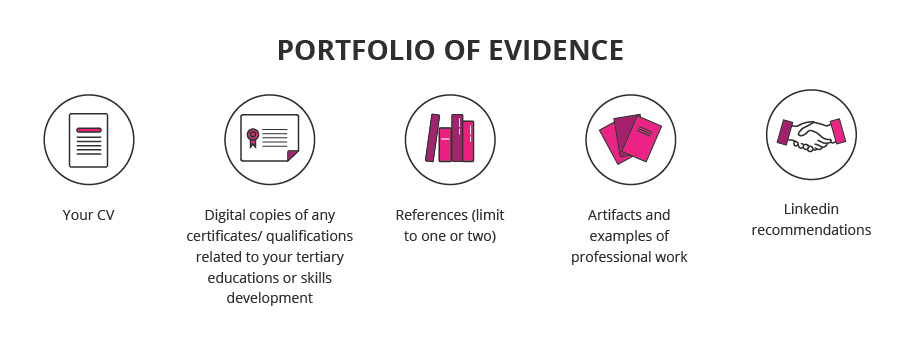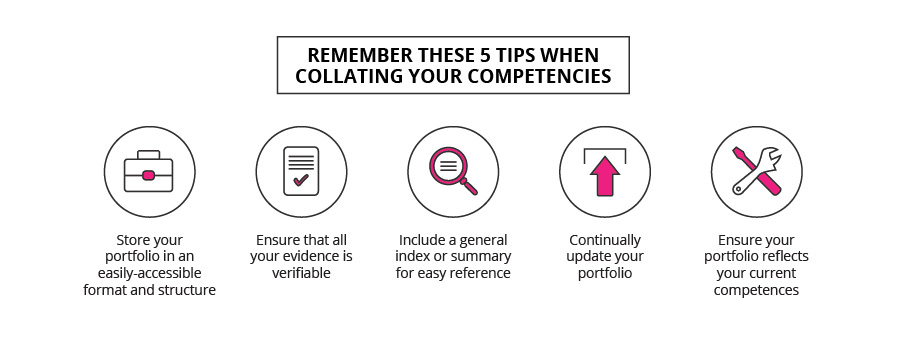Portfolio Of Evidence: The Powerful Add-On Your CV’s Missing
Ever put 110% into crafting the perfect CV for the job of your dreams, and not even make the shortlist for an interview?
We’ve all been there.
The thing is, the kind of skills that make you attractive to a potential employer aren’t always gained in a linear fashion, which means it’s not easy to portray them as such. Which is why one of the smartest moves you can make in your career is to compile a comprehensive portfolio of evidence.
What is a portfolio of evidence?
It’s a digital showcase of your skills and accomplishments, tailored for the specific position that you’re applying for. It can include anything from your strongest traits and past experience, to real examples of work you’ve completed and projects you’re currently undertaking.
How does a portfolio of evidence differ from a CV?
Unlike a CV, a digital portfolio isn’t limited to a two page, flat format, but can include a variety of multimedia artifacts that display your work experience, hard skills, soft skills and professional work.
It’s a job interview must-have, because your portfolio of evidence tells the story about your professional growth. It could be vital in proving your ability to take on a role, further your professional qualifications, or simply earn the trust and respect of prospective clients and employers.

Want to present an impactful portfolio to your future employers?
When pulling together all the elements of your portfolio of evidence, make sure they include:
1) Your CV
You might choose to keep your CV as a separate document, but if you keep it brief you can also include it as part of your digital portfolio. Try and limit it to one page, and include information about your education, past work experience and professional development.
Include digital copies of your degree certificate, as well as any other certificates that provide evidence of your professional development.
Include one or two written references that speak to your character, as well as to job-specific skills and competencies. Limit these to one-page each, and make sure that they are from a reputable referee.
Do you have any artifacts or examples of work from previous jobs? Perhaps you put together a digital marketing strategy, modelled your business’s processes, or gave a great presentation to your team? If you feel that they are relevant, include them.
Have any of your former colleagues or employers written you a recommendation on Linkedin? Add this to your portfolio using the LinkedIn plugin.

Want an insightful resource to create your powerful portfolio?
Pathbrite is a free online tool used for creating digital portfolios which will help you to ensure your portfolio of evidence is set to impress.
It’s fairly intuitive and easy to use. You can access their online user guide here. You won’t need to go through the whole guide – just focus on the “Getting Started” and “Portfolios” sections of the guide.

Interested in giving your CV an extra edge over the competition?
Embrace lifelong learning to always be a step ahead.